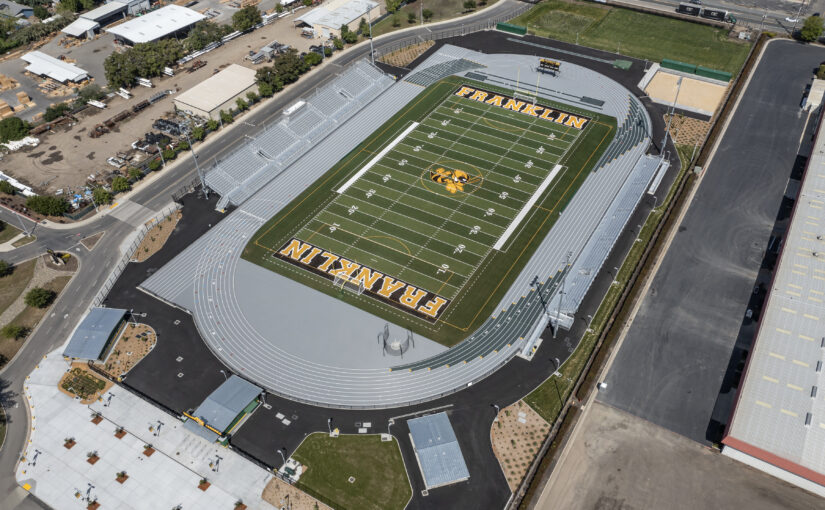FieldTurf field-building grant helps Pennsylvania school district
Feb. 19, 2013 — The grass in Clearfield, Pa., was wearing thin.
So was Tim Janocko’s patience.As principal and head football coach at Clearfield High School, it is Janocko’s job to make sure all of the school district’s football teams have a place to play their games.
With one football stadium to accommodate junior high and high school teams, Janocko knew the district needed a change.
“In our climate here, we have snow, rain, a lot of weather,” Janocko said. “It got to where our field was just not playable. The drainage was not good. One bad storm and one muddy game could ruin the field for the whole season.”
Janacko and the Clearfield Area School District turned to FieldTurf and USA Football.
What they got was more than a state-of-the-art artificial surface field. They also received financial help through the USA Football FieldTurf Field Building Grants program.
Clearfield High School was one of 10 school districts, non-profit organizations and municipalities from seven states to be awarded part of USA Football’s field-building grant program with FieldTurf.
The annual grant program is designed to help build more high-quality football fields across the United States. Applications for the 2013 program are being accepted through April 1 at: http://usafootball.com/fieldgrants.
Grants will be awarded in April based on merit and need in the form of credit toward the purchase of a FieldTurf product.
“It’s been a big impact for our school district,” Janacko said. “Last year, we were in the parking lot trying to practice some nights – the field was so bad. This year, after getting hit by Hurricane Sandy passing through, we played on it that week the drainage was so good.”
More than 4,000 professional teams, universities, high schools and communities have installed FieldTurf surfaces across North America, said Darren Gill, FieldTurf vice president of global marketing.
“Those who have limited land and growing population need a surface that can accommodate increased playing hours,” Gill said.
Gill said studies show that FieldTurf is safer than natural grass because of its consistency of play in all weather conditions.
An American Journal of Sports Medicine report showed that over a five-year period, FieldTurf surfaces showed 44 percent fewer concussions, 33 percent less ligament tears, including ACL, and 26 percent fewer severe injuries overall.
On top of that, while FieldTurf costs more upfront, reduced maintenance costs and increased playing hours drive down the cost per use.
“Numbers don’t lie,” Gill said.
Janocko said he saw better usage, fewer injuries and lower costs this season with FieldTurf.
“We are not spending the money on maintenance that we were – trying to cut the field and water it and paint it,” he said. “Where we were using the field five or 10 times a year, now it’s five times a week.
“And we had no major injuries this year. I believe FieldTurf has a lot to do with that. It’s one of the nicest fields I’ve ever seen.”







